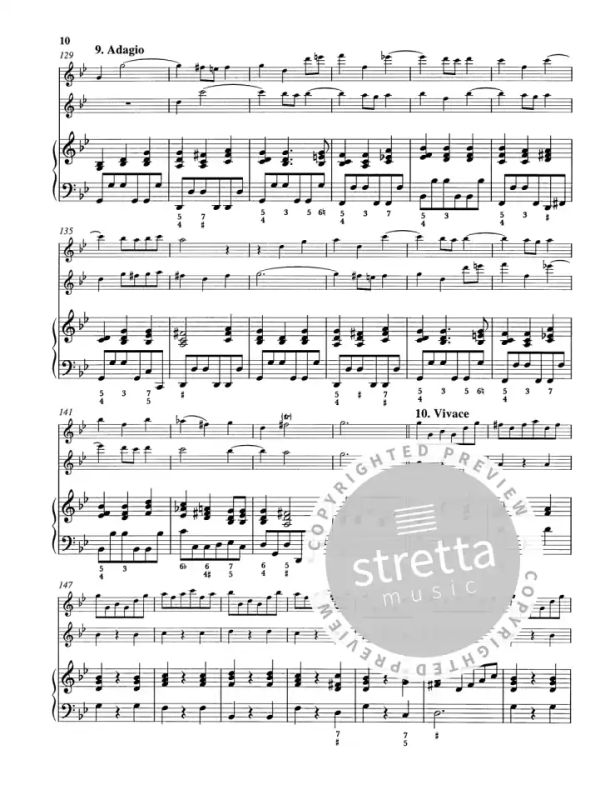

A harmonic structure similar to the modern-day 12-bar blues and based around the tonic and dominant harmonies of a minor key (usually D minor) and its relative. Beginning with Variation XVII, the music gradually builds in momentum culminating in the rapid figurations of the finale two variations. The twelfth and last trio sonata of Antonio Vivaldi’s opus 1 is, in actuality, a set of variations upon La folia, a musical theme dating back to roughly the late 15 th century. A sorrowful tone is adopted in Variation XII as the first violin utters a mournful tune above the folia bass. It originated as a dance, where the term ‘Folia’ (follies. The Folia is a theme on which more than 150 composers have written variations. 1, No, 12 Aubree Oliverson - violin Robert McDuffie - violin Ivano.

The mood begins to change with Variation XIII, as eighths are interspersed with triplets while the following variation introduces imitative melodies between the violins with poignant dissonances. The Folia (‘La Follia’ in Italian, ‘La Folia’ in Spanish, ‘Folies d’Espagne’ in French, and ‘Folia’ in Portuguese) is perhaps one of the greatest things humans have ever created. Antonio Vivaldi - 'La Follia' - Trio Sonata in D Minor, RV 63, Op.
#Vivaldi la follia pdf
The first of these build in ornamentation and introduce imitative figures between the two violins, florid sixteenth note passages and eventually syncopations. Download and print in PDF or MIDI free sheet music for La Follia From Sonata Op. Vivaldi’s begins his variations on “La folia” with the theme in a triple meter and with a rhythm typical of the sarabande, a particularly suitable dance idiom for the melancholy chord progression. Scored for two violins, cello, and basso continuo, Vivaldi's Varitaions in D minor, 'La follia,' RV 63, is a brilliant virtuoso piece both for the performers who are called upon to demonstrate their technque in a relentlessly difficult figuration and for the composer who is called upon to demonstrate his ability to write music that exceeds even. Even in the 19 th century, the “folia” appeared in the second movement of Beethoven’ Fifth Symphony and Franz Liszt’s Rhapsodie Espagnole. The first documented piece to appear with the name “folia” was by Jean-Baptiste Lully’s in 1672 after him followed Corelli, Scarlatti, Vivaldi, J. A harmonic structure similar to the modern-day 12-bar blues and based around the tonic and dominant harmonies of a minor key (usually D minor) and its relative major, “La folia” has served as the foundation of many pieces throughout the history of music. The twelfth and last trio sonata of Antonio Vivaldi’s opus 1 is, in actuality, a set of variations upon “La folia,” a musical theme dating back to roughly the late 15 th century.


 0 kommentar(er)
0 kommentar(er)
